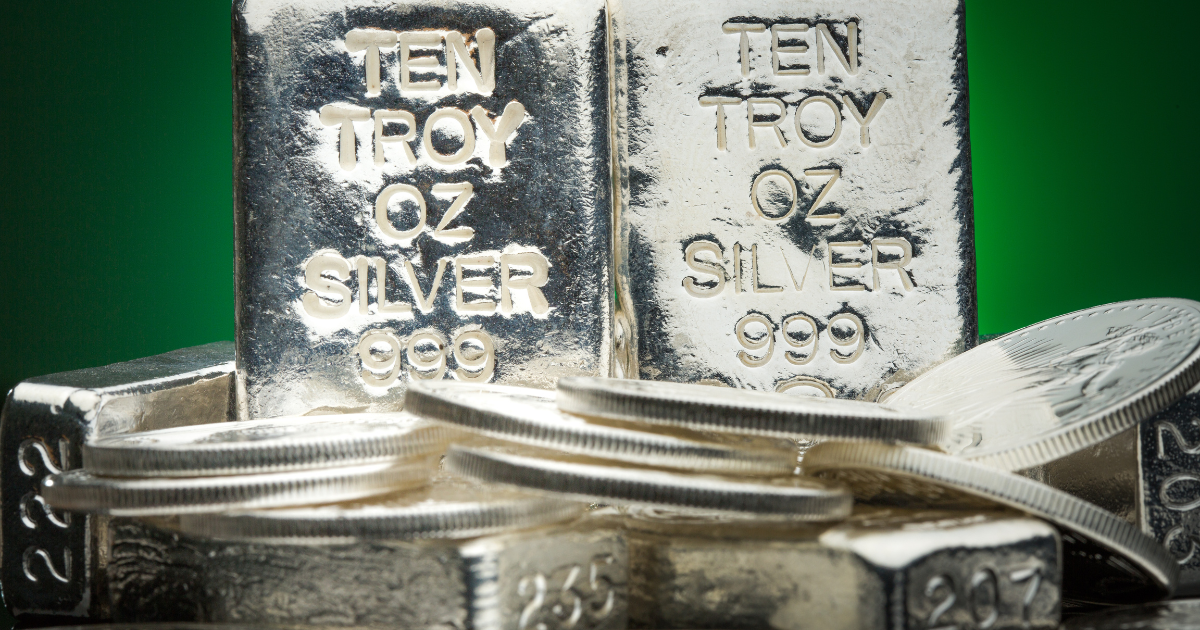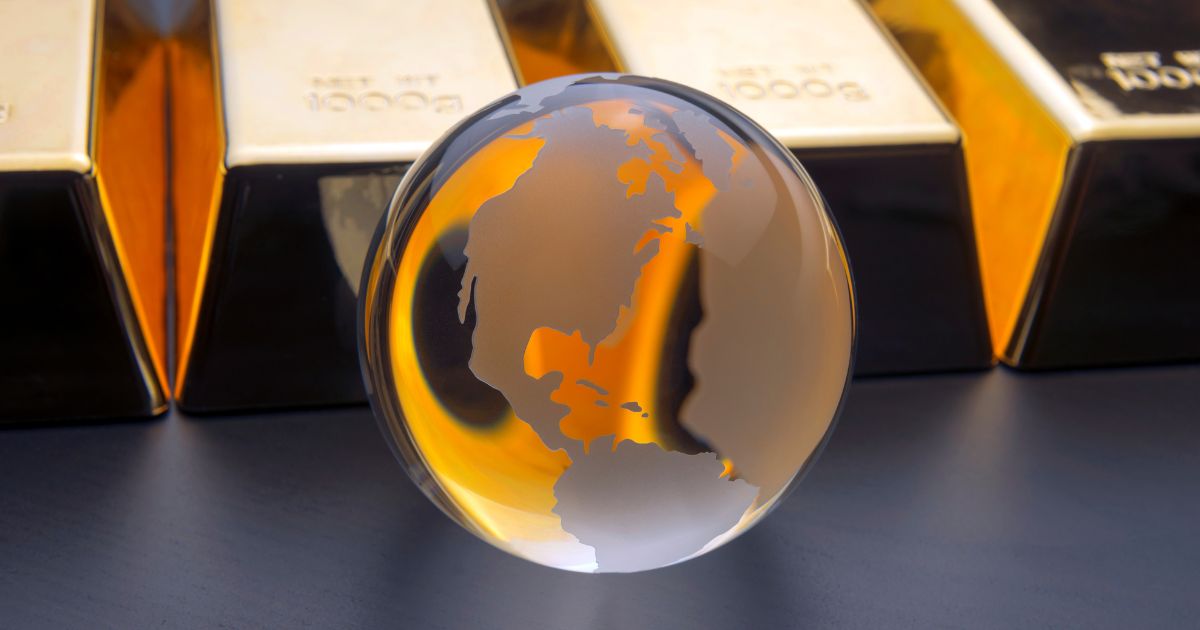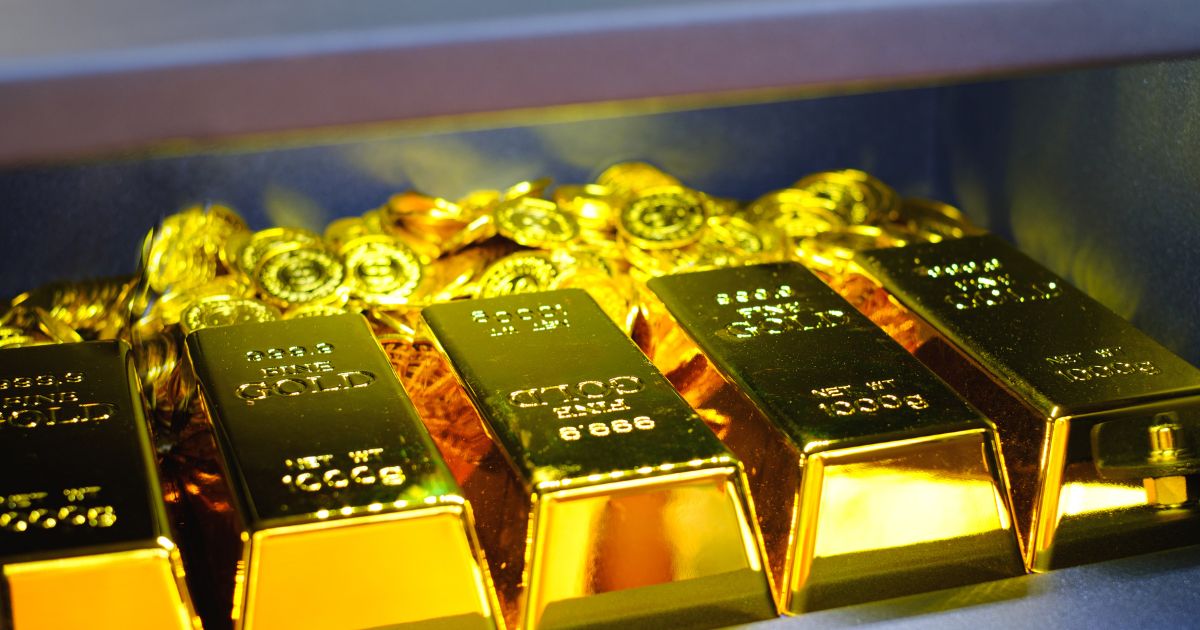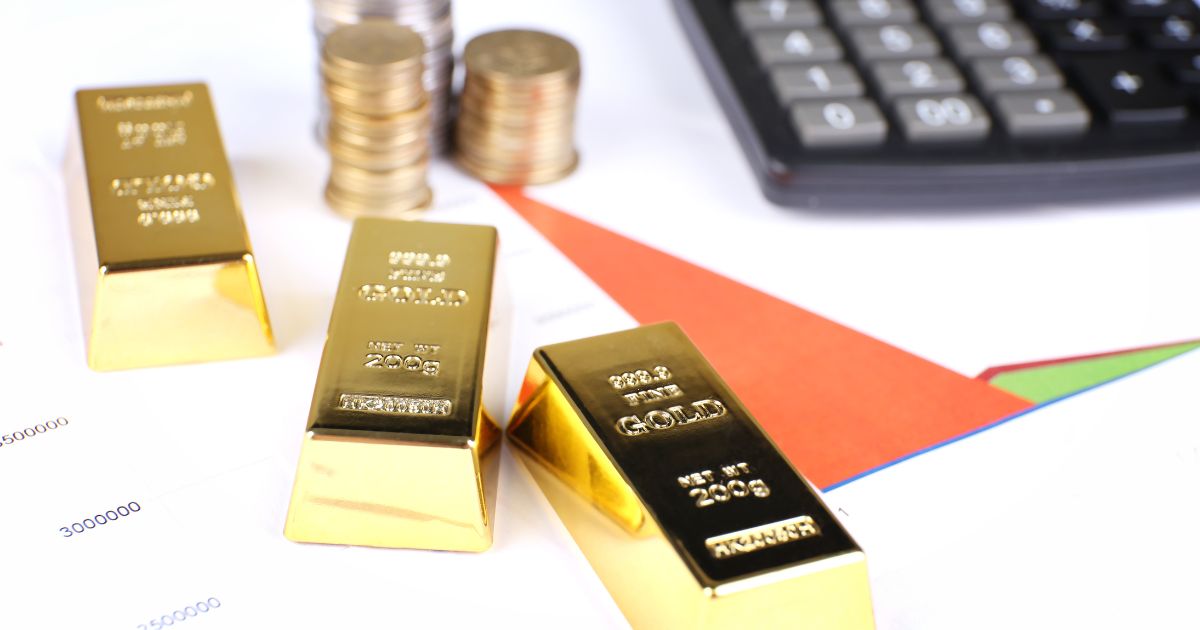The Relationship Between Gold and Inflation Over the Australian History

The relationship between gold and inflation over Australian history has been closely tied. The country's inflation rate and gold price have often moved in opposite directions, battling it out through economic cycles over decades. When inflation runs high, worried investors frequently turn to gold as a potential store of value and hedge. This is due to gold's perceived inflation-proof qualities, supported by historical data showing that gold investments have tended to hold their worth better than currencies during inflationary periods. Meanwhile, rising prices have typically propelled gold inflation to higher climes.
Gold Price vs Inflation Rate The Battle History in Australia
A closer examination of Australia's inflation rate and gold price movement shows an interesting opposing trend dating back decades. In the 1970s, when inflation skyrocketed to over 15% some years due to the oil crisis, gold inflation's value greatly increased as a safe-haven investment. The spiking economic uncertainty of that period saw gold reach historic heights unlike any time before. However, as inflation was progressively brought under control throughout the 1980s and stabilised in the 90s, gold inflation fell considerably from its previous highs.
This inverse dance repeated again during the 2008 global recession, with inflation dipping but gold prices surging to new record levels. Throughout variations in Monetary policies and economic landscapes over the past half-century, one consistent theme remains - gold inflation and consumer price increases have tended to occupy counter positions in their rises and falls.
US inflation and gold prices
Factors Affecting the Relationship between Gold vs Inflation
Several key elements influence how fluctuations in Australia’s gold prices correlate with changes in the inflation rate. These main factors include supply and demand dynamics, economic conditions, interest rate manoeuvres, global events, and investor sentiment levels. Each factor impacts gold and inflation in different ways throughout various economic cycles.
Supply and Demand Dynamics
The supply and demand dynamics for gold play a substantial role in determining its value against currencies like the Australian dollar. When economic or geopolitical uncertainties cause investor demand for gold as a safe-haven asset to increase substantially, its price typically rises. This occurred for instance during high inflation periods of the 1970s as well as the 2008 recession.
Economic Conditions
Economic conditions like growth rates, employment levels, and overall sentiment significantly dictate inflation trends in Australia over time. Stronger domestic output and workplace activity normally coincide with higher price levels. This was evident during the inflationary peaks of the 1970s and late 1980s. Whereas weaker growth environments pose restrictive pressures, contributing to disinflation. Economic security also influences individuals' purchase decisions and investments. Periods of uncertainty prompt labelling gold as an inflation protector due to its intrinsic worth.
Interest Rates
Central banks manipulate interest rates to help guide consumer spending and broader economic activity. The Reserve Bank of Australia closely watches inflation data to aid its interest rate decisions over time. Generally, higher cash rates encourage savings by making it more costly to borrow from financial institutions. This puts downward pressure on demand-driven cost increases. However, periods of very low rates following economic downturns have tended to coincide with rises in gold prices.
Global Events
Significant international economic or political unknowns are another variable forking gold and inflation paths. Turmoil for example amplified gold valuations contrasting downtrends in consumer costs during the 1970s oil crisis period. More recently, gold rallied against a backdrop of falling price pressures when post-2008 Global Financial Crisis uncertainties emerged. Via complex spillover effects, external catalysts like tensions between nations, sovereign debt headaches, or new pandemic waves have tended to boost safe-haven metal interests.
Investor Sentiment
Investor emotions and appetites for risk-taking further colour the relationship between gold and consumer prices. When economic optimism prevails such as during periods of low and stable inflation, demand flows out of traditional safe-haven assets. However, uncertainty or recession sites tilt sentiments sharply in favour of hard assets like gold seen as stores of purchasing power. Psychological factors from wealth effects to future expectations significantly sway institutional and retail bullion holdings. Even central bank actions are partly based on careful sentiment analyses.
Impact of Inflation on Gold Prices
Inflation is one of the key macroeconomic indicators influencing fluctuations in gold prices over the long term. The relationship between these two variables is an important one for both everyday investors and wider markets to understand.
Rising Inflation Typically Leads To Higher Gold Prices
During periods when the overall cost of living is increasing steadily, gold frequently acts as a successful hedge against the erosion of purchasing power. Its intrinsic value is independent of currency fluctuations that often accompany inflationary environments. Major global bouts of inflation like in the 1970s fostered large spikes in gold rates.
Even modest CPI gains tend to revive safe-haven buying as inflation feeds doubts about the long-term purchasing power of paper currencies and other nominal assets. Heightened consumer prices signal a climate of uncertainty which draws investment toward the tangible asset of gold bullion over time.
Gold Prices are Perceived as a Store of Value Against Inflation
When inflation gradually eats away at a currency's buying power, gold preserves wealth due to its intrinsic worth not being dependent on political or economic variables in the same way. This makes it an appealing long-term store of value when inflation becomes embedded in an economy. During the high inflation days of the 1970s for instance, gold underwent a massive secular bull run and price increases as it acted as a reliable protection against erosion of purchasing power.
During Economic Uncertainty Times, Investors Turn To Gold
When unclear macroeconomic conditions fuel doubts, gold functions as a tried-and-tested shelter. Its value tends to appreciate markedly during recessions, geopolitical tensions, currency crises, tight credit environments and stock market sell-offs associated with higher inflation scares. For example, gold surged higher in the late 2000s amidst the Global Financial Crisis as inflation debates grew. Its qualities of being physically held, globally traded, and unaffected by counterparty risks make it an appealing safety net. The precedent of gold maintaining purchasing power across multiple unstable periods incentivises parking money in the historically stable commodity.
Is Gold a Good Investment During Inflation?
Gold has traditionally proved to be one of the most effective hedges against rising inflation over the long run. When consumer prices are steadily increasing, gold preserves purchasing power better than most other assets due to its intrinsic value not being impacted by currency fluctuations that often accompany periods of higher inflation. Empirically, gold has tended to appreciate substantially in major inflationary episodes throughout history like in the 1970s.
Even low single-digit CPI gains have stimulated sufficient safe-haven buying as gold acts as a protection of wealth. Unlike many other commodities, gold also maintains liquidity during times of economic uncertainty driven by inflation concerns. Overall, gold has a strong track record of shielding investors' portfolios from the erosive effects of currency debasement associated with inflation through upward price adjustments that offset rising costs of living.
Conclusion
In summation, gold has proven itself as a historically reliable store of value and an effective portfolio diversifier during inflationary episodes when prices are trending upwards. Its ability to preserve wealth while other assets decline in real terms makes it an appealing option for investors seeking a hedge.
While past performance never guarantees the future, gold's track record of mitigating erosion of purchasing power serves as a compelling case for its appropriateness as an inflation investment. Of course, gains are never assured in any asset and gold is not immune to temporary price drops. Overall though, the confluence of gold's intrinsic worth, limited supply, and inverse price correlation with consumer prices indicate it can play an important role in a balanced portfolio aiming to outperform inflation in the long run.
Categories
Latest Posts
-

Digital Gold vs. Physical Gold: A Comprehensive Guide
March 1, 2024 -

How is Gold Mined in Australia: A Deep Dive into the Extraction Process
February 21, 2024 -

How To Get The Most Money For Your Gold Jewellery
February 15, 2024 -

Beginner’s Guide on How To Sell Silver in Australia
February 7, 2024 -

How To Invest in Silver in Australia For 2024?
January 31, 2024 -

How Gold is Tested? All You Need To Know
January 25, 2024 -

Gold Bullion and SMSF – All You Need To Know
January 19, 2024 -

Cast Bars vs Minted Bars – Clear Comparison
January 10, 2024 -

What is Platinum?
January 2, 2024 -

How To Invest in Gold ETF
December 21, 2023 -

The Largest Gold Nuggets Ever Found
December 18, 2023 -

What is Digital Gold and How Does it Work?
December 13, 2023 -

Best Ways To Invest in Gold in Australia
December 7, 2023 -

How Much Gold is There in the World?
November 29, 2023 -

Where and How To Store Gold and Silver?
November 23, 2023 -

The Relationship Between Gold and Inflation Over the Australian History
November 16, 2023 -

How Does Gold Refining Work?
November 9, 2023 -

Gold Bars vs Gold Coins: What Should You Buy?
November 1, 2023 -

Know The Cheapest Way To Buy Gold
October 25, 2023 -

Why Invest in Gold? Top Reasons to Consider
October 18, 2023 -

How Much Gold Can You Buy Without Reporting in Australia?
October 15, 2023 -

The Best ASX Gold Stocks in Australia For 2023
October 9, 2023 -

Top 10 Australian Gold Mining Companies in 2023
October 5, 2023 -

How to Sell Jewellery in Australia?
October 4, 2023
 07 4939 0239
07 4939 0239